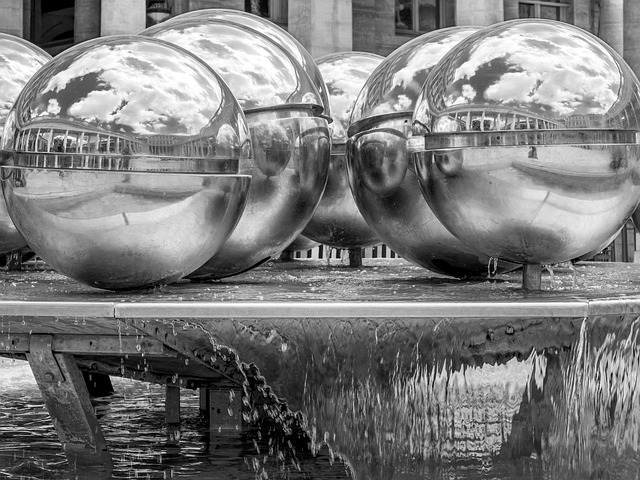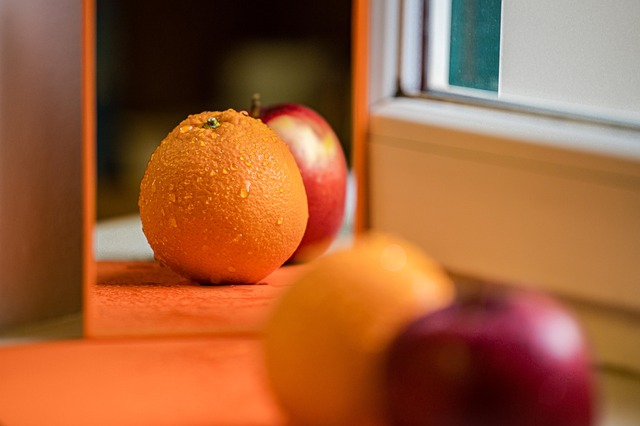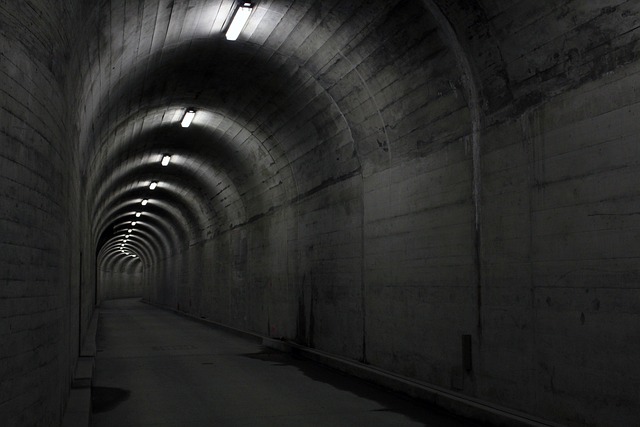In the vibrant realm of installation art, we find a captivating intersection between fine arts and culture, where boundaries dissolve, enabling creativity to flourish. This immersive form of art is not merely confined to traditional aesthetics; it envelops the viewer in a sensory experience that is both profound and challenging. Installation art invites us to engage deeply with our surroundings, questioning the very fabric of our cultural narratives.
At its core, installation art is an assertion of place and presence. Artists often create pieces that respond to the spaces they occupy, whether it’s a gallery, an urban environment, or even nature. Each installation serves as an ongoing dialogue between art and audience, as viewers navigate through physical and conceptual landscapes. This engagement transforms passive observation into an active exploration of ideas, emotions, and societal issues, ultimately enriching our understanding of culture.
Fine arts, encompassing painting, sculpture, and beyond, often strive to communicate a singular vision or experience. However, installation art expands this definition by incorporating elements of time, space, and interaction. Artists like Christo and Jeanne-Claude have made monumental statements with works that envelop entire landscapes, while others, such as Yayoi Kusama, create environments that immerse participants in repetitive patterns and infinite reflections. Each installation reshapes our perceptions and challenges us to confront our identities within the larger narrative of culture.
The beauty of installation art lies in its ability to transcend conventional boundaries. It often borrows from and influences various disciplines—including architecture, performance, and even digital media—creating a rich tapestry of contemporary art that reflects the complexities of modern society. These works provoke thought and evoke emotions, encouraging viewers to reconsider their relationships with art, each other, and the world around them.
As society evolves, so too does our approach to art. Installation art acts as a mirror, reflecting cultural phenomena and societal shifts. It questions what it means to create and consume art in an age dominated by technology and rapid change. For instance, contemporary artists often use reclaimed materials, emphasizing sustainability while simultaneously making bold statements about consumerism and waste. This dynamic relationship between installation art and cultural context makes it an essential vehicle for discourse, sparking conversations that may not occur in traditional settings.
Moreover, installation art serves to democratize artistic expression. Public installations invite participation from all walks of life, breaking down elitist barriers that have historically separated ‘high’ art from the everyday person. Projects like The Obliteration Room by Kusama invite viewers to become part of the artwork itself, encouraging engagement and dialogue that reinforces a sense of community and shared experience. Such installations remind us that art is not just for observation but can be a participatory endeavor that cultivates connection and understanding.
In exploring the fascinating interplay of fine arts and culture through installation art, we begin to appreciate the depth and richness that this medium offers. It acts as a catalyst for personal reflection and societal critique, bridging the past and present and inviting us to envision future possibilities. As we delve into these installations, we engage not just with the artists but also with each other, fostering a communal experience that transcends individual perspectives and resonates with the intricate web of human experience.




